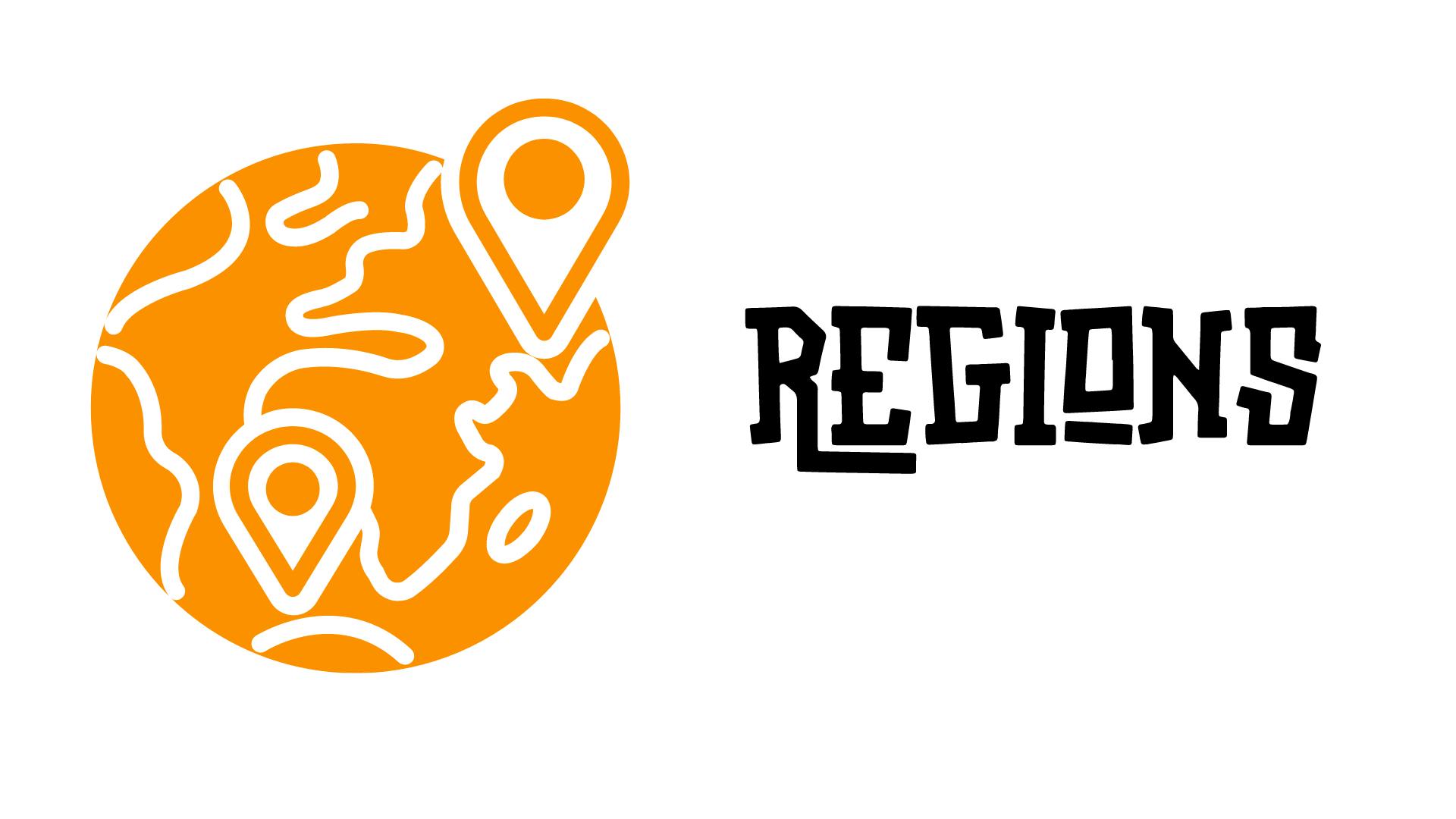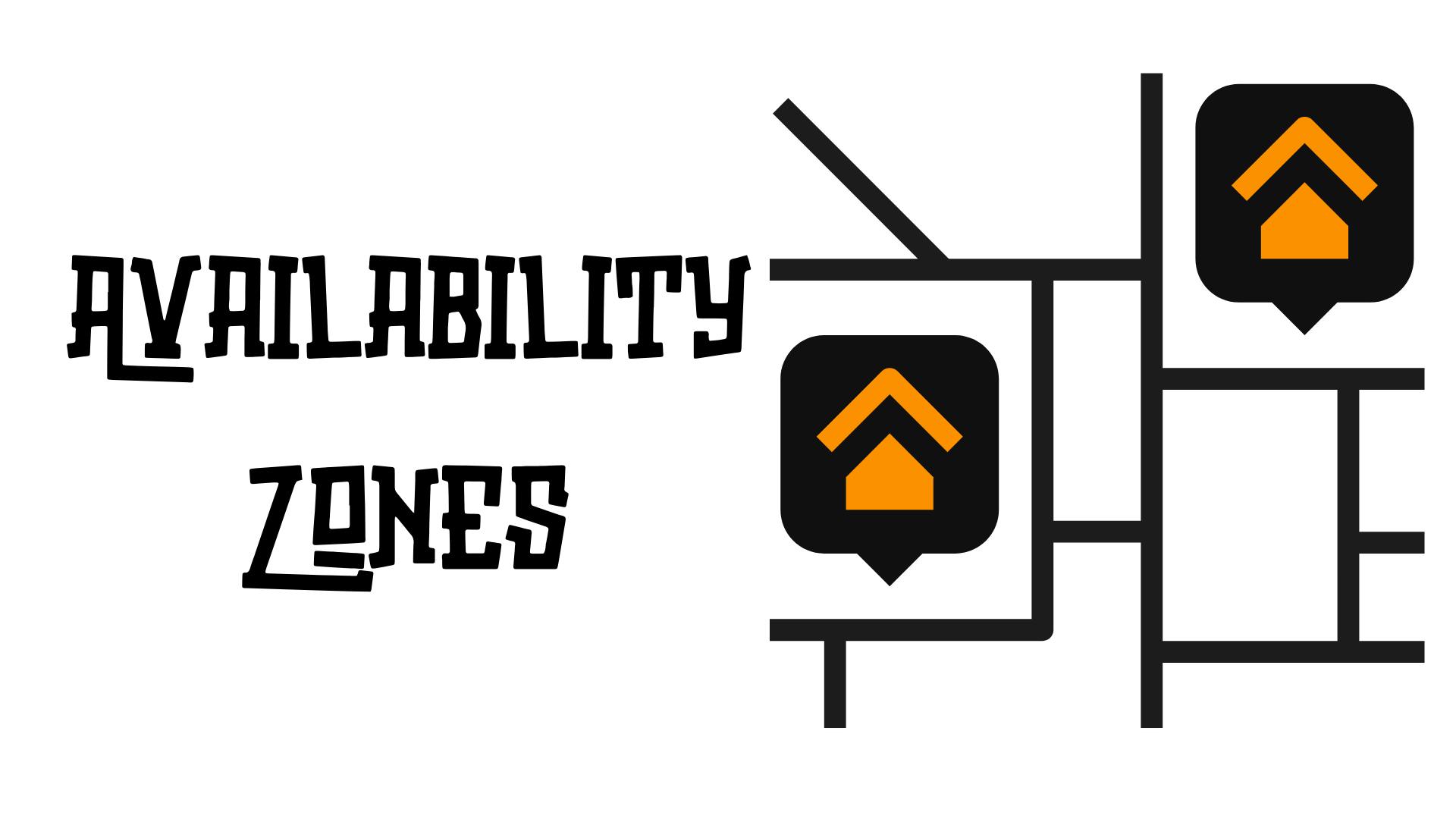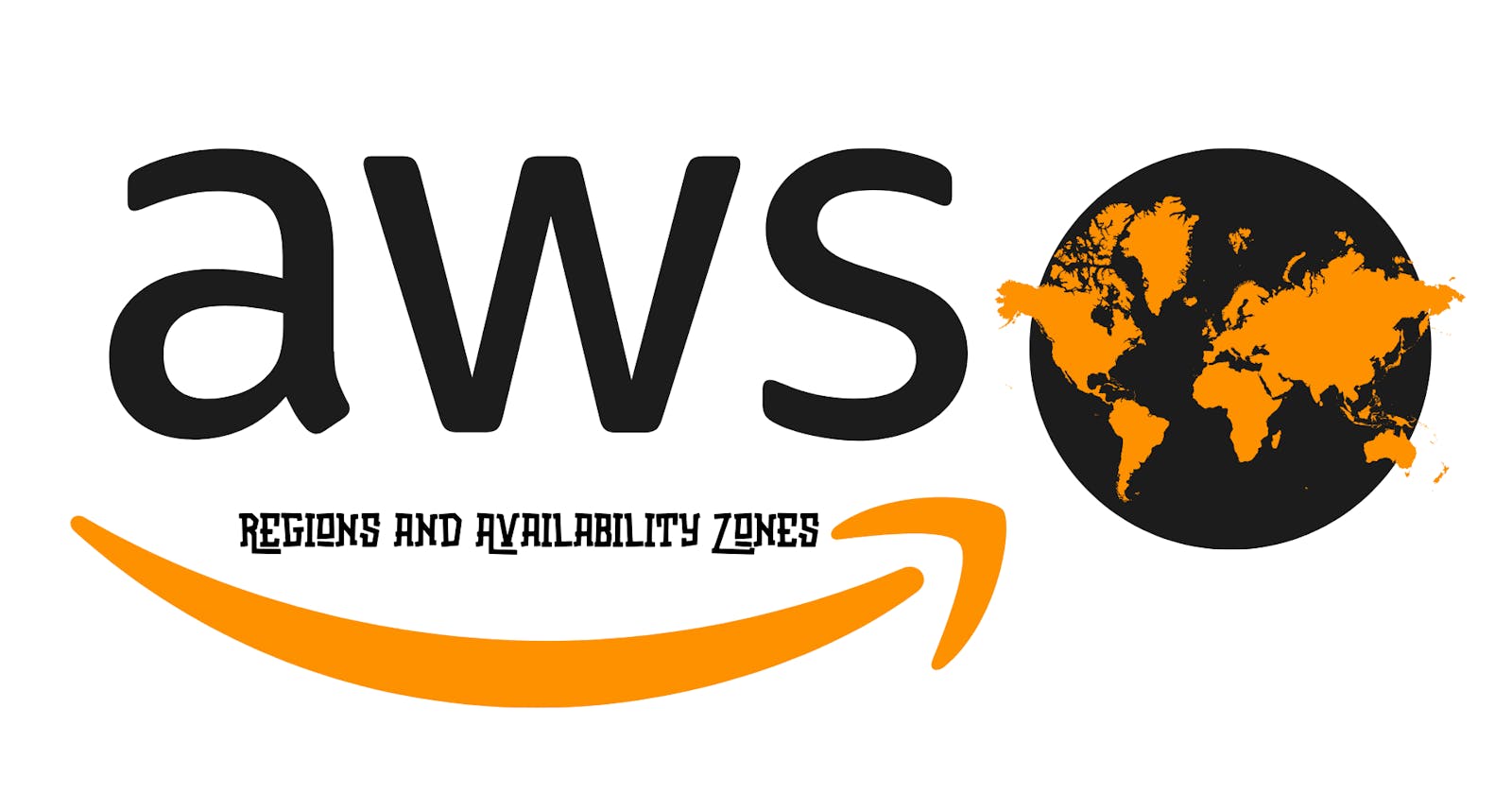Regions

What is Regions?
AWS Regions are separate geographic areas that AWS uses to house its infrastructure. The closer your region is to you, the better, so that you can reduce network latency as much as possible for your end-users.
Remember : Not all regions are created equally. Some regions may have more services than others.
Best Practice for Choosing a AWS Region
- Proximity
Choosing a region closest to your location improves your customers’ location to optimize network latency.
- Services
Consider all the services availability in that region comparing to the nearby regions.
- Cost
Due to many factors, certain regions may cost more than others, so also consider cost.
Remember: AWS calculators allows us estimate rough cost.
- Service Level Agreement [SLA]
A service-level agreement is a commitment between a service provider and a client where it also varies between regions.
- Compliance
Compliance means conforming to a rule, such as a specification, policy, standard or law. As you have guessed, the compliance also varies between regions.
Examples
- US East (Ohio) -> us-east-2
- US West (N. California) -> us-west-1
- Asia Pacific (Mumbai) -> ap-south-1
- EU (Paris) -> eu-west-3
As of 18th May 2021, there are 25 Launched Regions. We can check here for any updates in AWS Global Infrastructure.
Availability Zones

What is an Availability Zone?
An AWS Availability Zone (AZ) is a one or more discrete data centers with redundant power, networking, and connectivity in an AWS Region.
Why AZs?
AZs comes in as a fault tolerance feature. if you distribute your instances across multiple Availability Zones and one instance fails, you can design your application so that an instance in another Availability Zone can handle requests. It gives you the flexibility to launch production apps and resources that are highly available, resilient/fault-tolerant, and scalable.
Additional Topic 😉
Edge Locations

What is Edge Locations?
An Edge location can be assumed to be a collection of physical servers within a data center to allow for content distribution to reduce latency for end users.
CloudFront uses edge locations to cache copies of your content for faster delivery to users at any location.

